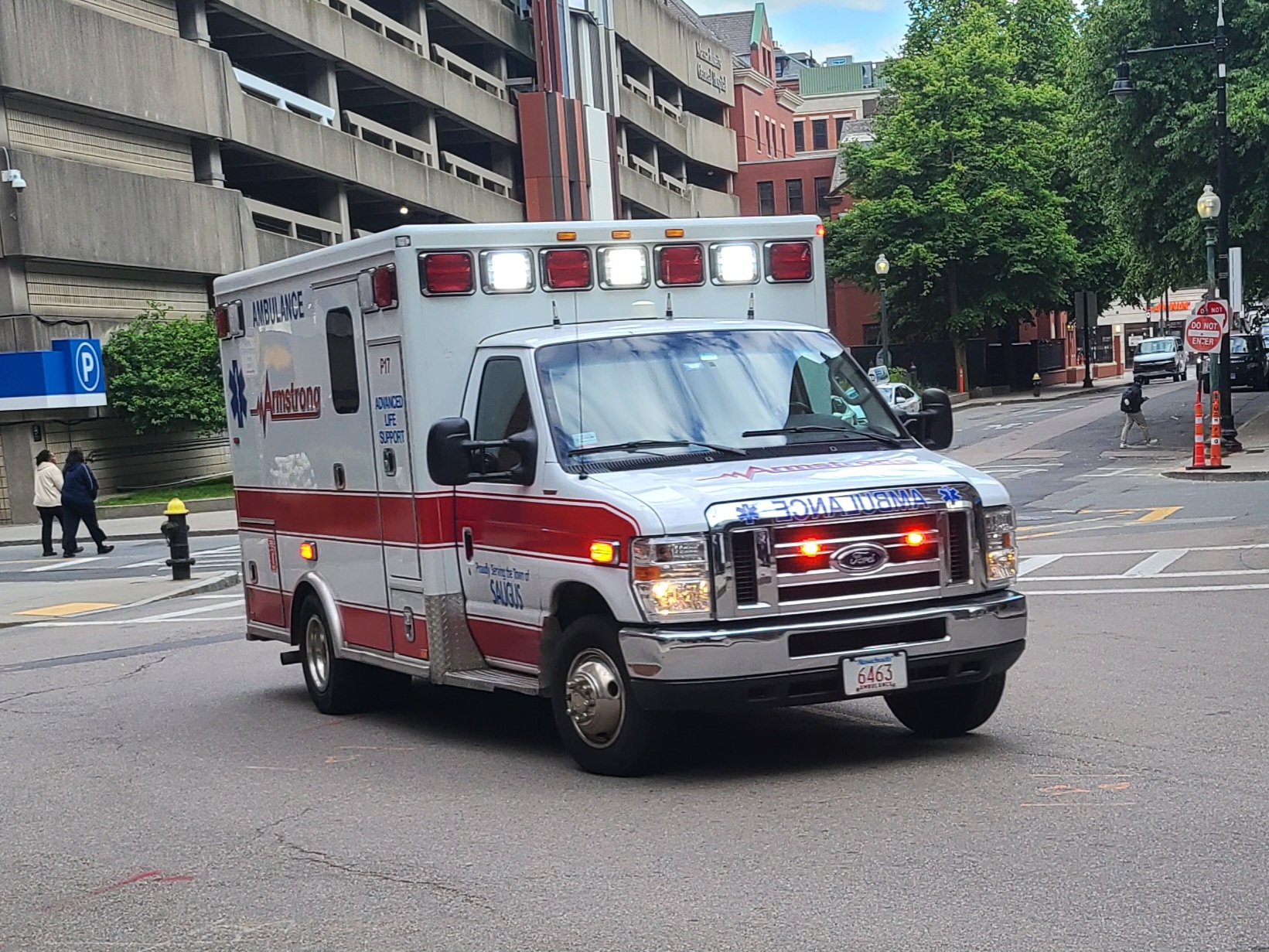
WEIGHT: 54 kg
Bust: B
1 HOUR:200$
NIGHT: +50$
Sex services: Massage Thai, Games, Facials, Lesbi-show soft, Fisting anal
The risk of getting or spreading HIV varies depending on the type of exposure and behavior. The common places people get or spread HIV is through anal or vaginal sex, or sharing needles, syringes, or other drug-injection equipment - for example, cookers.
The best way to prevent HIV is to educate the public about the disease including transmission, risk factors and prevention methods. Additional education and training materials, resources, and opportunities available at the national and state levels that Tribes can take advantage of are listed below.

Websites that provide free educational materials and printable handouts:. The North Dakota Department of Health also expressed interest in partnering with Tribes to produce culturally-sensitive prevention materials and conduct outreach to promote testing events. Contact Lindsey VanderBusch at for more information. The South Dakota Department of Health occasionally offers trainings at the state-level, many of which are pre-recorded and regularly available. Contact April Ivey at for more information.
Since the late s, the Great Plains Area Indian Health Service recognized the possibility of HIV transmission during the Sundance ceremonies that occur annually on many of the reservations. With this possibility in mind, it is recommended that education about HIV be provided to Sundance leaders and dancers and that precautions be taken to ensure their safety while respecting the sacredness of these ceremonies.

Follow this link to learn how to protect yourself from sexually transmitted infections. Read more. The Great Plains Tribal Epidemiology Center provides support to tribal nations across the Great Plains to help diagnose health disparities and the presence of diseases and disorders in our communities.



































